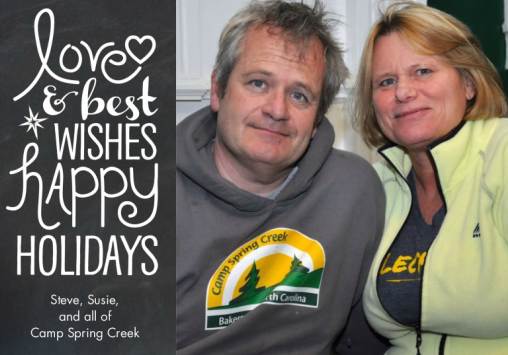
We'd like to offer a round of applause and public note of appreciation to all our grant-funding organizations, partner organizations, trainees, tutors, counselors, staff, parents, and of course--our CAMPERS! Without the team effort from everyone on this list, we could not be where we are today. Where are we? We're in a position to offer slightly more scholarships each year, we're in a position to train local teachers without cost to the teachers themselves, we're in a position to observe and celebrate the accomplishments of our "extended family," we're in a position to expand year-round programming and improve our physical campus, and we're in a position of sincere gratitude to all of you as we look to the future and realize our fullest capabilities are within reach. Slow and steady, we're growing the best ways we know how. Thank YOU for making it possible!
For substantial funding and grants:
Ms. Robyn Oskuie (Endowment)
Dr. Louis Harris (Endowment)
CFWNC (People in Need Grant)
Mitchell Fund (People in Need Grant)
For partner organizations:
OpenDoors of Asheville
Academy of Orton-Gillingham Practitioners and Educators
Bald Creek Elementary School
Mitchell County Schools
Arden Reading Clinic
Augustine Project Winston-Salem
For individual donors:
Philanthropists: Mr. & Mrs. Bill Shattuck, Rainbow Fund, and The True North Foundation.
Benefactors: Triangle Community Foundation
Sponsors: Mr. & Mrs. Tom Brown, Mr. & Mrs. Duane Connell, Mr. & Mrs. Walter Daniels, Mrs. Lori Ferrell, Dr. & Mrs. Bill Sears, Longleaf Foundation, Mr. & Mrs. Samuel S. Polk, Mr. and Mrs. Jeremy Teaford,
Supporters: Mr. Edward Banta, Mr. & Mrs. Charles McClain, Mr. Andrew Oliphant, Mr. & Mrs. Robert Oliphant, Mr. & Mrs. Jonathan Schoolar, Dr. & Mrs. Brian Shaw, Mr. & Mrs. Mike Warren.
Contributors: Mr. Brown & Ms. Rosasco, Ms. Marobeth Ruegg, Mrs. Geradts Cutrone, Ms. Amanda Kyle Williams, Mr. C. Wilson Anderson, Jr., Mr. & Mrs. Dan Blanch, Mr. & Dr. Christy, Mr. Jon Ellenbogen & Ms. Becky Plummer, Mr. & Mrs. Jeff Greene, Dr. & Mrs. David Hoeppner, Mr. & Mrs. Morgen Houchard, Ms. Valerie Imbleau, Mrs. Karen Leopold, Mrs. Theresa Krug, Mr. Thomas Loring, Mr. & Mrs. Brannon Morris, Mr. & Mrs. Joel Plotkin, Ms. Rebecca Morgan, Dr. & Mrs. Anthony Shaw, Mr. & Mrs. Jason Smith, Mr. & Mrs. Robert Tucker, Dr. & Mrs. William Chambers, Dr. & Mrs. Taylor Townsend, Ms. Juanita Greene, Mr. & Mrs. Kevin Schulte, Mr. & Mrs. Matthew Baker, Mr. & Mrs. Ed Anderson, Mr. & Mrs. Roger Burleson, Mr. & Mrs. Charles Tappan, Mr. & Mrs. Scott Ramming, Mr. & Mrs. A D Dreibholz, Mr. Thomas Gilchrist, Mr. & Mrs. Phillip Jackson, Mr. & Mrs. Steve van der Vorst, Mr. & Mrs. Alton Robinson, Mr. & Mrs. Michael Wollam, Mr. and Mrs. Royall Brown.
Friends: Mr. R. Patterson Warlick, Mr. & Mrs. Joe Street, Mr. & Mrs. Frederick Pownall, Mr. & Mrs. Clinton North, Mrs. Nancy Coleman, Mr. & Mrs. David Broshar, E & J Gallo Winery, Ms. Gina Phillips, Mr. & Mrs. Raymond Humphrey, Mr. Paul Eke & Ms. Sonja Hutchins, Mr. & Mrs. James Butts, Mr. Eugene Morris, Mr. & Mrs. Jim O'Donnell, Mr. & Mrs. Ronald Cox, Mr. & Mrs. Roger Vorraber, Mr. John Littleton & Ms. Kate Vogel, Mr. & Mrs. Thor Bueno, Mr. Osaretin Eke.
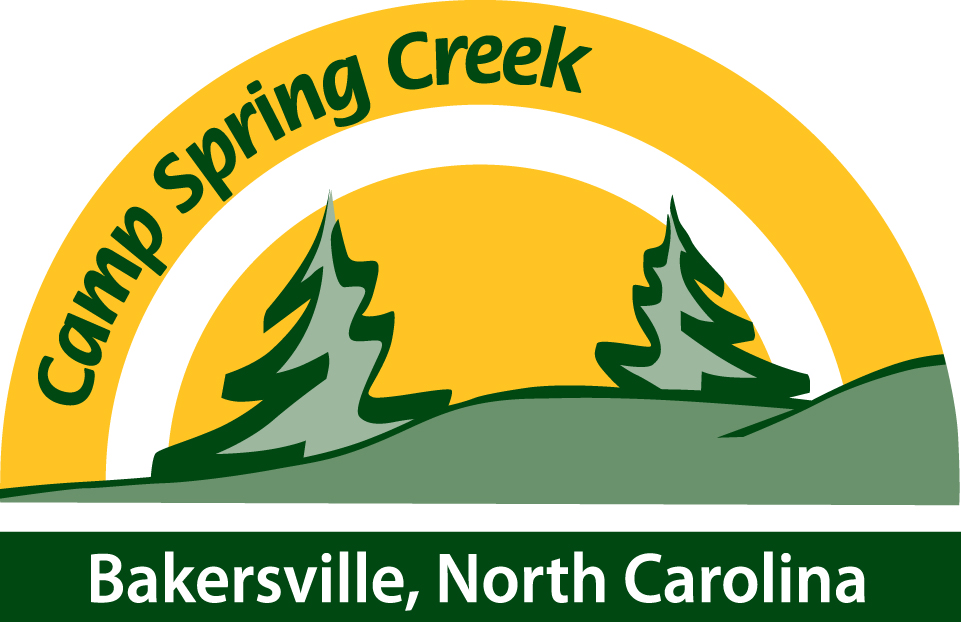
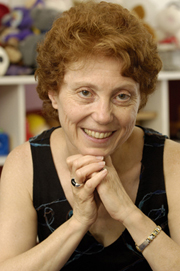

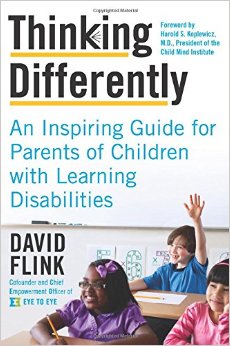
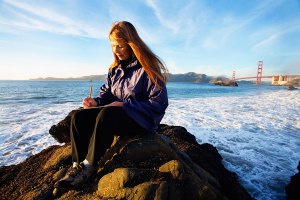
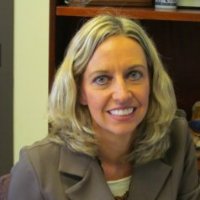
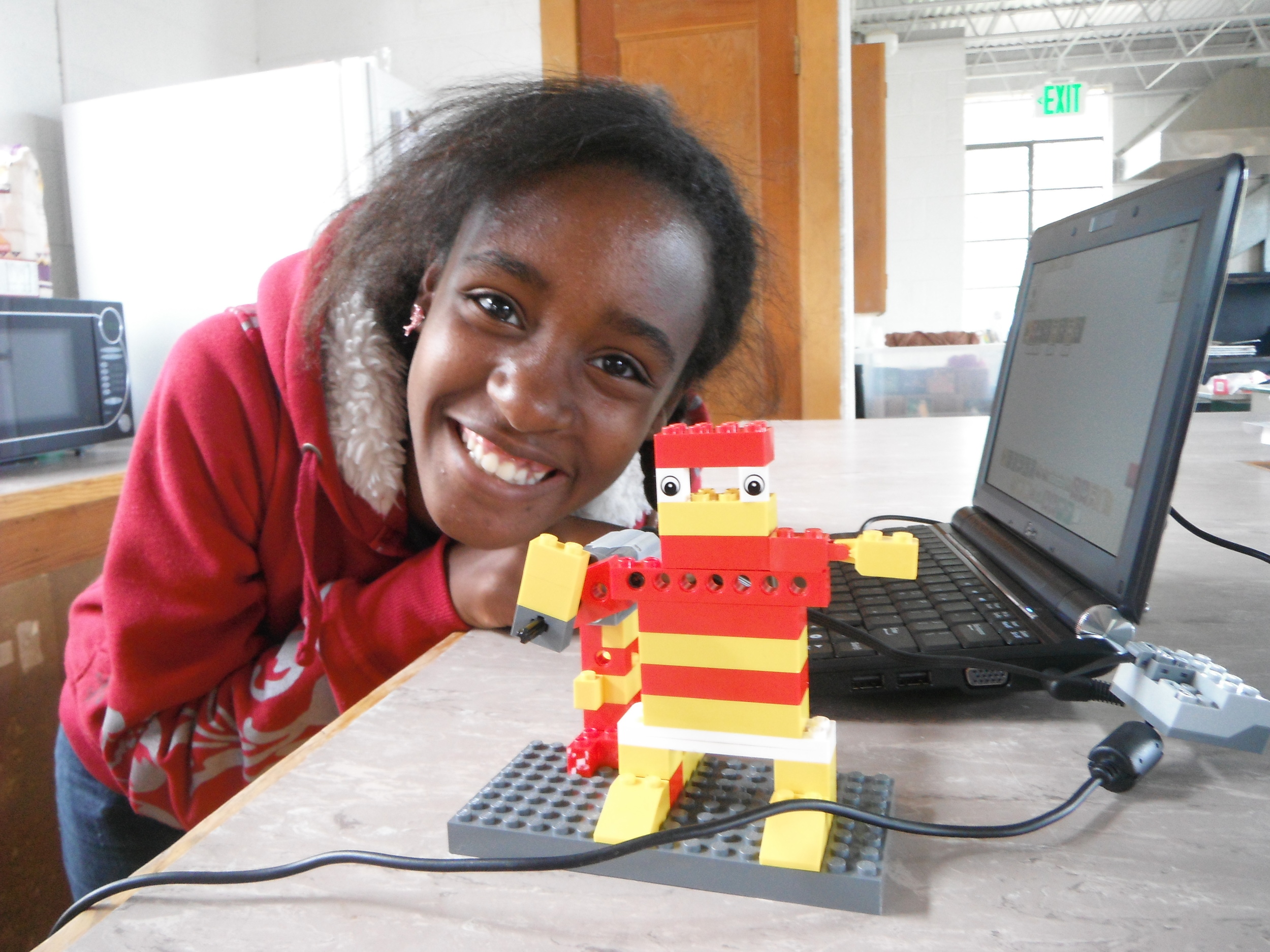
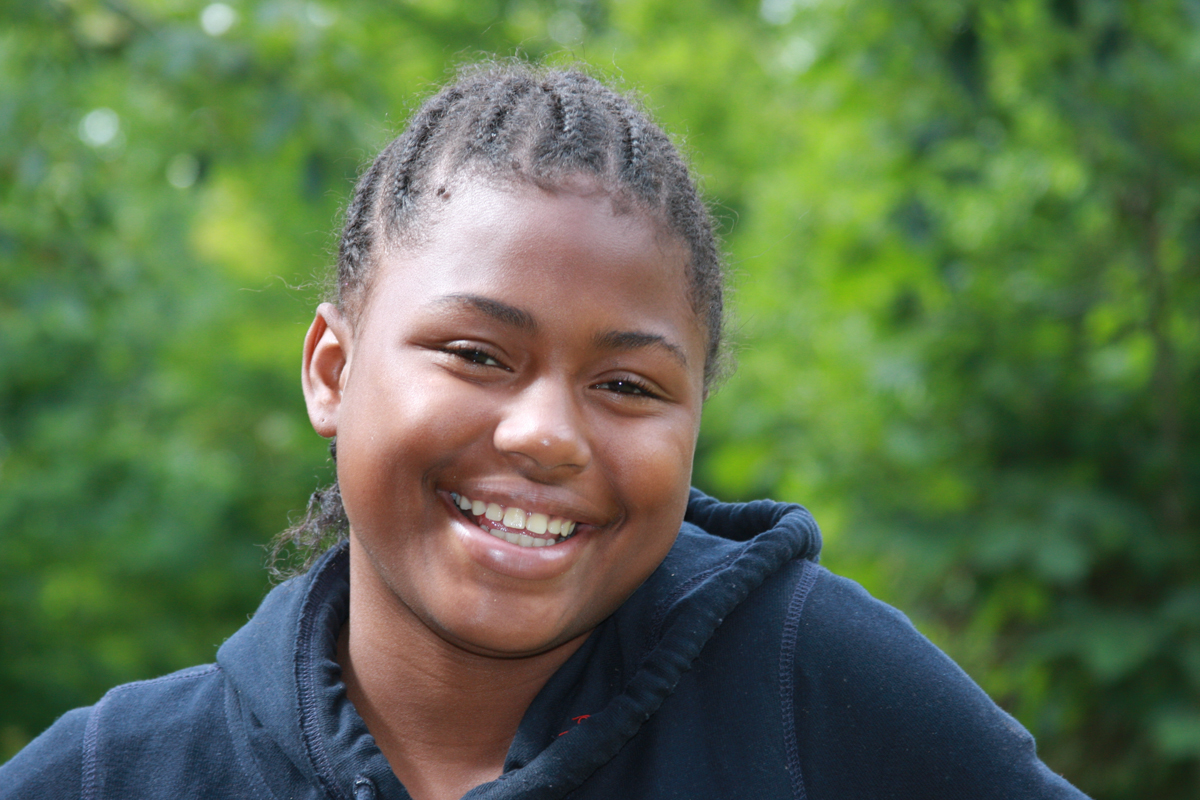
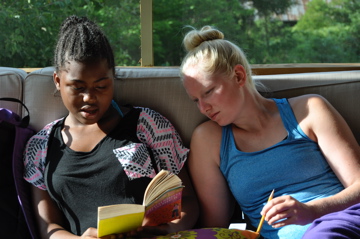
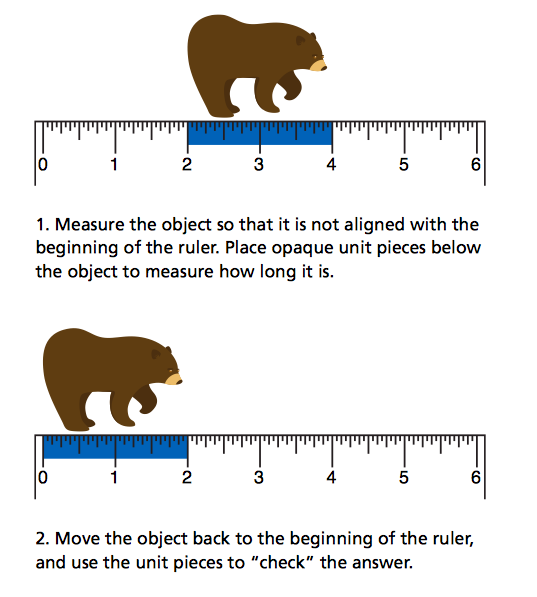
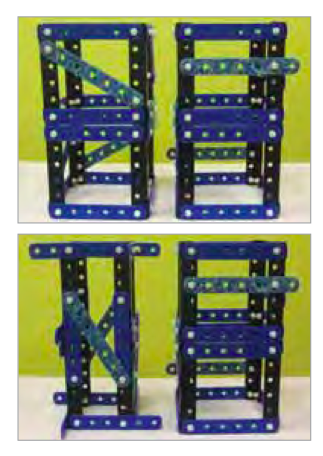 objects will appear directly below where they were released, even when they are dropped into a twisting tube with an exit point far away. But, when asked to visualize the path before responding, they do much better. Simply being asked to wait before answering does not help—visualization is key.
objects will appear directly below where they were released, even when they are dropped into a twisting tube with an exit point far away. But, when asked to visualize the path before responding, they do much better. Simply being asked to wait before answering does not help—visualization is key.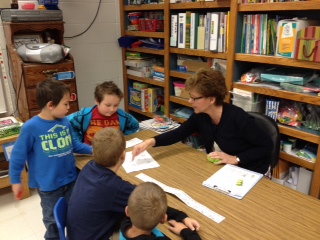
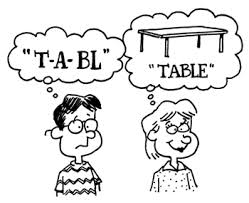

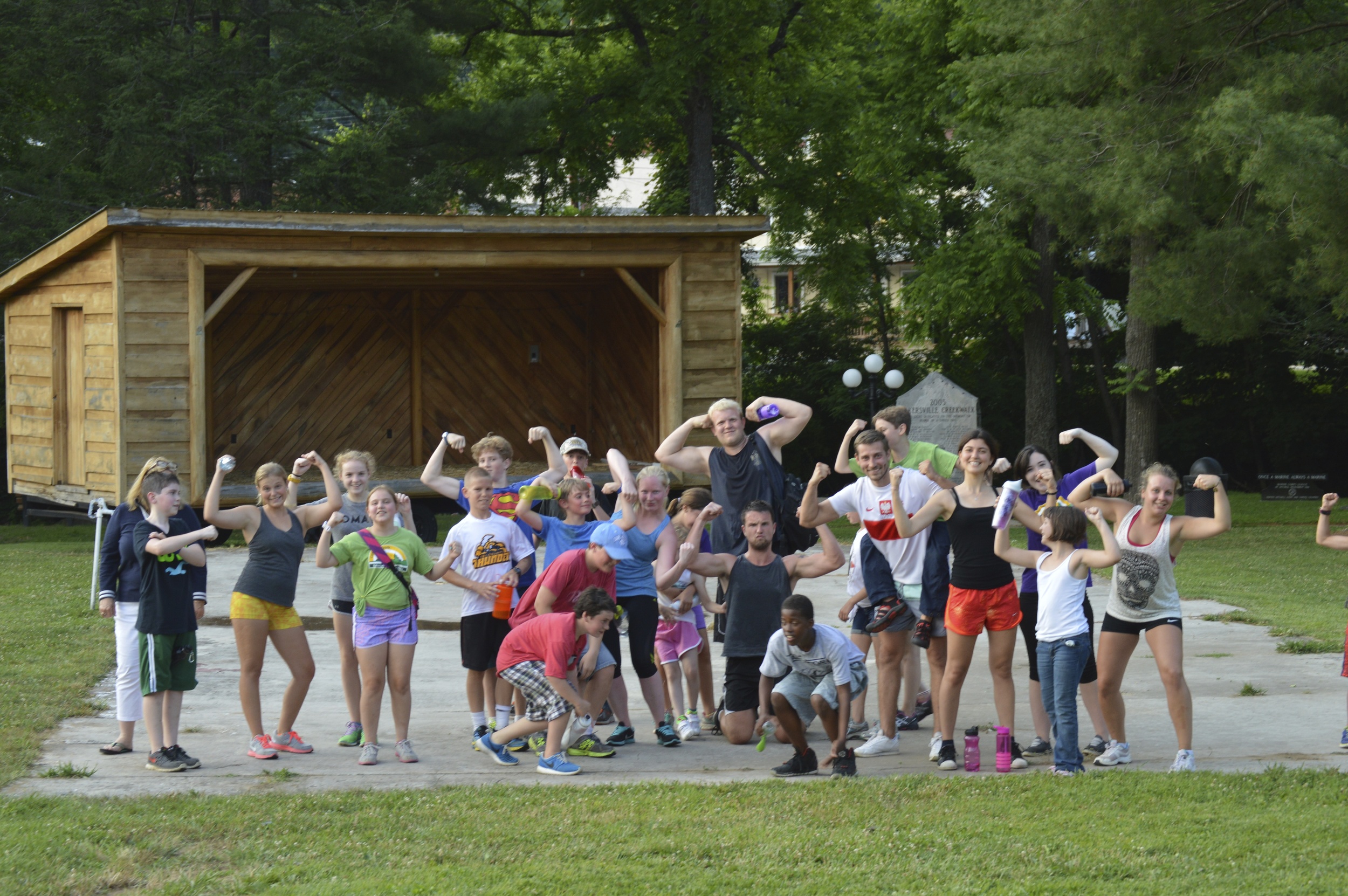 odel to
the campers. Sometimes it was hard to be patient, [smile], but I was able to handle it.
odel to
the campers. Sometimes it was hard to be patient, [smile], but I was able to handle it.